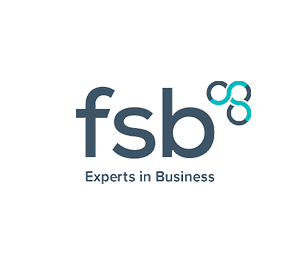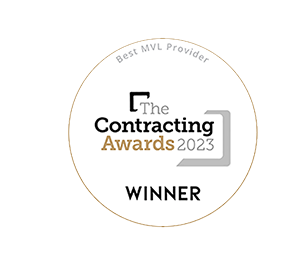Different Ways You Can Close a Company
There’s more than one way to shut down a limited company, and the right route depends on your circumstances and whether the business has debts it can’t pay.
Closing down a company can feel like a lot to get your head around, especially if it wasn’t something you planned for. But with the right advice and a clear idea of your options, the process will be easier to manage and understand.





There’s more than one way to shut down a limited company, and the right route depends on your circumstances and whether the business has debts it can’t pay.
If your company is no longer trading and doesn’t owe anything, you might be able to apply for a voluntary strike-off through Companies House. It’s a simple and low-cost option, but it’s important to follow the correct steps to avoid any issues later on.
To close a company with MVL it must be solvent, meaning it can pay all its debts when they fall due. It is a tax-efficient and quicker process, but it’s most beneficial where the company has been trading for at least two years and has over £25,000 in retained profits. Once liquidated, the remaining funds are fairly distributed across the shareholders.
A CVL is a common way for Directors to voluntarily close a company that cannot pay its debts. The liquidator relieves you of the company’s financial pressures and takes control of the company assets to distribute funds to your creditors fairly.
If your creditors take legal action due to unpaid debts, the court may force your company into a Compulsory Liquidation. This is the most serious way a business can be closed, and it can be avoided by speaking to a liquidation expert as soon as you notice the company is insolvent.

An exact company liquidation process will vary based on the company’s financial situation, but there are key steps you can expect a liquidator to follow, which include:
If you’re a Director in the UK, you have a legal responsibility to act in the best interest of your creditors. When the company becomes insolvent, you should seriously consider stopping trading so that the situation doesn’t get any worse and make no further payments to any creditors.
The appointed liquidator will assess and pay the company’s debts in line with the legislation, so making payments yourself can result in the accusation of preferential payments.
Throughout the liquidation process, Directors are responsible for assisting the liquidator by giving them quick access to accounts and any necessary financial documents. Cooperation will help them close your company and distribute funds without disruption.


The cost of closing your company will depend on whether it is solvent or insolvent. If debts can be paid, we can close your company with a Members’ Voluntary Liquidation and Directors may benefit from a 14% Business Asset Disposal Relief tax rate.
If your company has outstanding debts and no funds to clear them, we can organise the business closure through a Creditors’ Voluntary Liquidation (CVL). The cost of getting a CVL starts at approximately £3,000 + VAT.
If you’re worried about paying the cost of the liquidation or settling debts with creditors, please do not let this delay your decision. Our team are experts in handling company closures and can advise you on the best route for funding, including valuing and selling company assets to release funds.

The Liquidation Centre can help you to put your solvent or insolvent limited company into liquidation in as little as ten days. Whether you want to release funds tied up for retirement or finally release yourself from creditor pressure, speak with us today so we can help you confidently move forward.